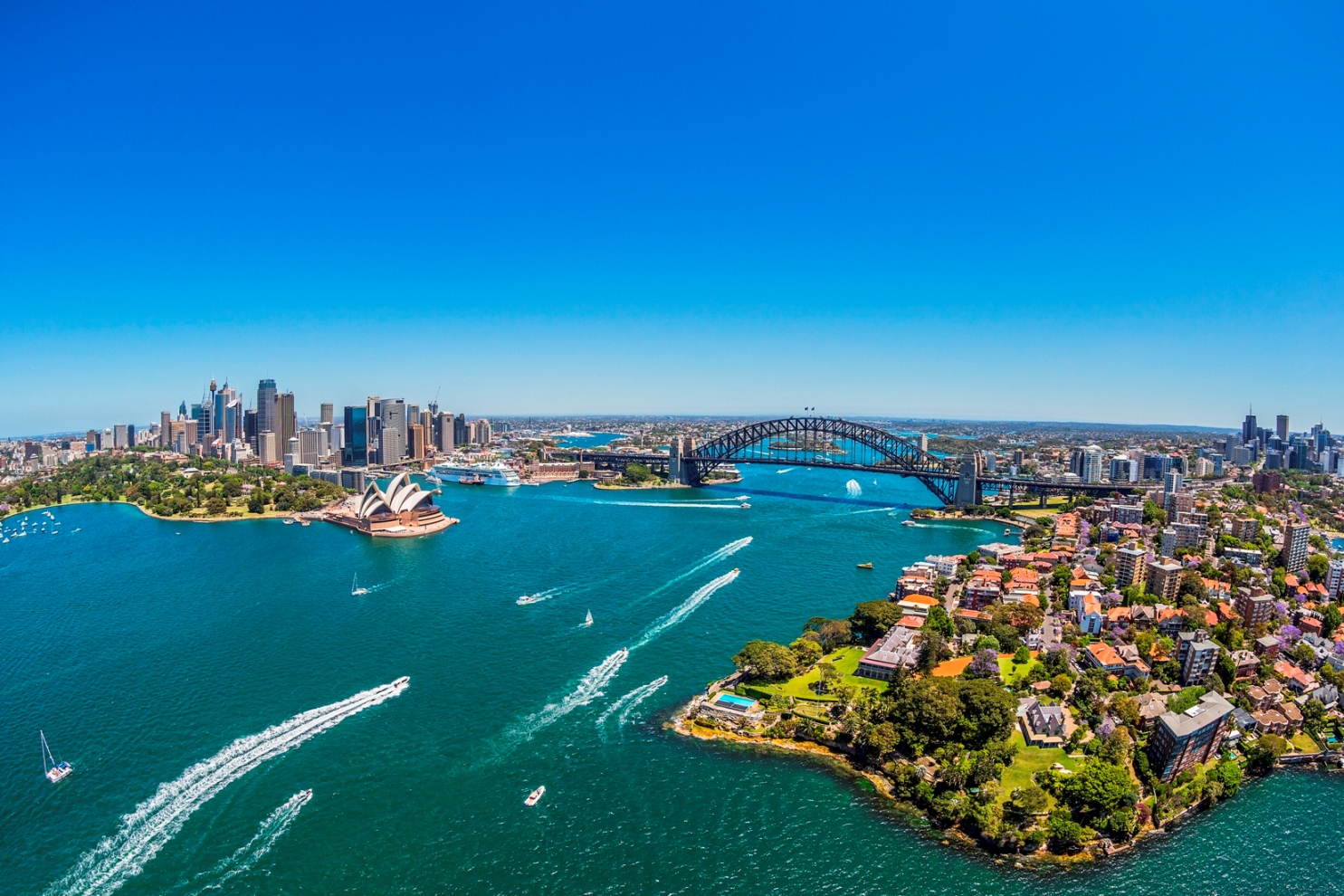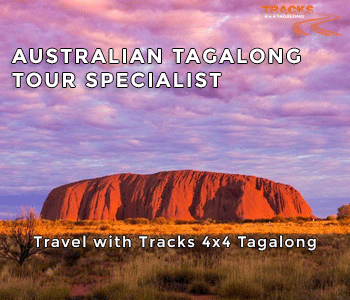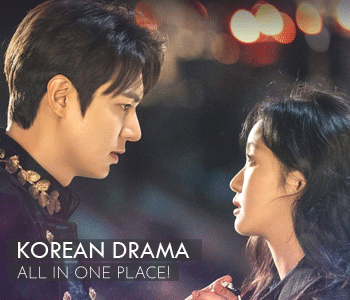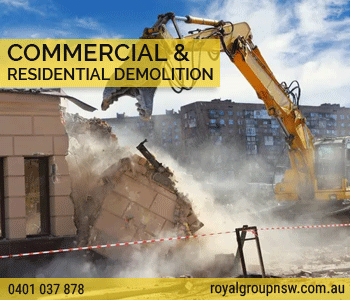“If you don’t live in Sydney, you’re camping out,” said an infamous Australian prime minister. When the spotlight shines on our sports-mad metropolis, CHRISTOPHER MICHAELS ponders the things that qualify Sydney as a ‘real’ city…
There are many places in Australia which think of themselves as cities. And they are when compared to the communities around them, or according to some legal category which serves a political purpose. But what is a real city? A big dirty busy place where no one knows you if you come from the bush? A place that gets international attention for its ‘high’culture and services if you’re trying to sell us to the world? A place that never sleeps if you listen to the song?
Travelling around the world to the great cities you get a sense that each has its own character, aura if you like, based on an aggregate of its appearance, its culture, its politics, its size. You often can feel it at the airport, harbour or train station when you first arrive. Many people bring their own prejudices and don’t even notice. They want what they want and aren’t there to get to know the city at all.
There are however some things cities all have in common, things that make them different to other communities, whatever their size. What these ingredients are is a matter of taste but my impression is that there are six fundamental ingredients which separate real cities from ordinary towns and other nominal cities. There’s a threshold a community crosses, probably to do with size and geography, which means they end up with all of these – not just one or some of them – in order to become a “real” city.
Sydney has either crossed this line or is about to. It’s the young adult who has finally realised it ain’t a kid any more. Melbourne is too nice, too comfortable, too pretty, too well organised to qualify. It tries too hard.
So here are my ingredients:
- Awe inspiring
- Confusion
- An edge of unexpectedness
- An utterly human environment
- Self-centeredness
- Tolerance
Awe-inspiring is fairly obvious. It is beyond beautiful or pretty. It’s those moments when beauty or ugliness can become overwhelming. It’s the marriage of the human use and the geography that does it. In the case of Sydney it is beauty, sitting at Mrs Macquarie’s Chair or on a ferry in the eastern part of the harbour at sunset. But it’s also available at all kinds of surprising moments and angles. In the case of Los Angeles it is awe-inspiringly ugly until you get up into the Hollywood hills far away from the reality of the city. In New York it is being on the Staten Island ferry watching the sunset behind the Statue of Liberty, being reflected off the glass and steel of Manhattan. Though Melbourne is beautiful it doesn’t have any angle that leaves you dumbstruck by either beauty or ugliness. There are many other towns in Australia who have beautiful views but aren’t awe-inspiring in the way they connect with and engulf the landscape.
Confusion. A real city has an organic, chaotic organisation which changes from one street to another. If you can feel that you know the place in a week or a month then it can’t be a world city. Knowing a person is akin to knowing a real city – the longer you know them the more there is to know. When we plan a city for our comfort we make it neat and tidy leaving it washed clean of the dark side of our humanity – making it secure and safe, cutting away the mystery, the adventure of the place. Sydney developed without a master plan and so has a very organic organisation that flows with its geography. Melbourne has a checkerboard system that is nicely comfortable and easy to follow. Canberra tries too hard for an organic organisation. It’s too contrived and so doesn’t have the dark edge mentioned below. Both Los Angeles and New York have the same kind of checkerboard organisation as Melbourne but their sheer size has overwhelmed it, evaporating the comfort it would otherwise give.
The edge is an outgrowth of the confusion because it represents the unexpected, the adventure possible at every moment in a real city. Sometimes it is exciting, sometimes scary, and sometimes irritating, depending on your feelings and the whim of the city in any moment. A real city will never allow you to become complacent, or comfortable for too long, because that would keep you from being aware of your surroundings and the dangers and possibilities waiting there.
Utter Humanity. Cities are expressions of our complete humanity – the best and the worst of it. Nature loses its life or death relevance. It becomes at most a luxury or an irritant, not a matter of survival. In the bush, and smaller towns, whether it rains or not is a matter of life and death. Even the temperature can be a matter of survival – too hot can mean you can’t work or can kill your animals and your pastures and crops, too cold can cause frost and lead to the same result. In the city you just change the setting on the air-conditioner or head for the snow or the beach, or wish you could. In fact, in a real city a disaster means jobs and work, a boost to the economy. Thanks to real cities even farmers are no longer dependent on growing their own food, just on selling things so they can buy what they need.
Self-centeredness. This doesn’t mean selfishness although it can look that way. Real cities atomise relationships to the point where even families breakdown. The sheer weight of population acts on us like gas under pressure pushing us to move ever faster, leaving you alone and lonely. You have to make an effort to keep things going with people, and so you have to have a reason to want keep the connection. Small communities push people together more often, force you to live with whoever is there. In these communities there’s a delicate balance reached between the conflict and harmony, the good stuff and the bad, which can get disrupted by new people easily, so people are slow to let the new in. Real cities are forcing you to cope with the new all the time. Leading to the next and last quality of a real city. The other aspect of self-centeredness in a real city is condescension about other places unless they are other real cities. People believe their city is the only place to be, although they will concede that other real cities have a similar status and are worthwhile – just.
Tolerance. Because of these ingredients you rarely see fundamentalism arise in real cities. If it does it usually remains on the fringe. That is on the edges geographically – in the suburbs – or never gaining enough power to make a real impact, except as brief fashions. Tolerance is not respect. It is putting up with things because you have to. It is a downward movement, in the sense that the person tolerating usually places themselves in a high status position in relation to what they are tolerating. It is why tolerance as a political target is so superficial and short term (with thanks to Eva Cox at UTS). Real cities are always forcing you to rub up against people you don’t want to, always making you rethink your attitudes to people, things and ideas. Smaller communities allow you to become complacent about all these things, allowing you to romanticise simplifications until you can believe them to be real.
Not necessarily a pleasant picture but nonetheless if you are truly ‘urbane’ you’ll love these things about our city, and other real cities. If you’re not, you’ll be pedalling hard and scrambling to find a way out!
Christopher Michaels writes on matters spiritual, philosophical and political. He teaches workshops and psychotherapy, applying esoteric tantra to everyday life. Phone 0412 716 238 for more info.














